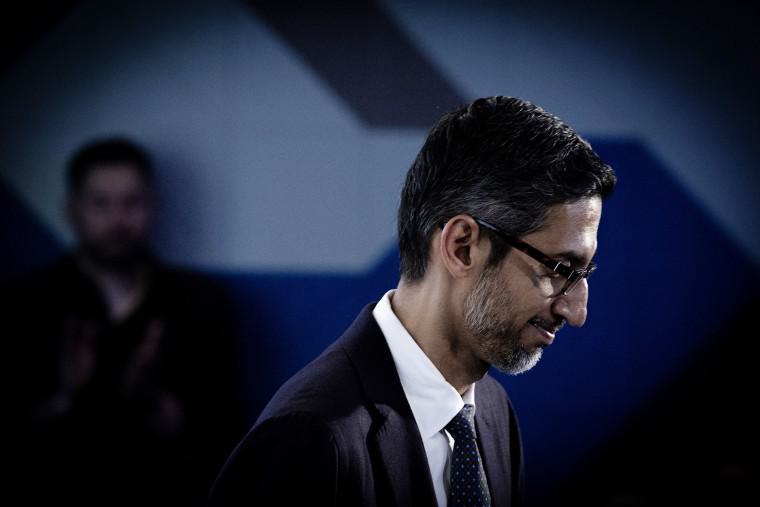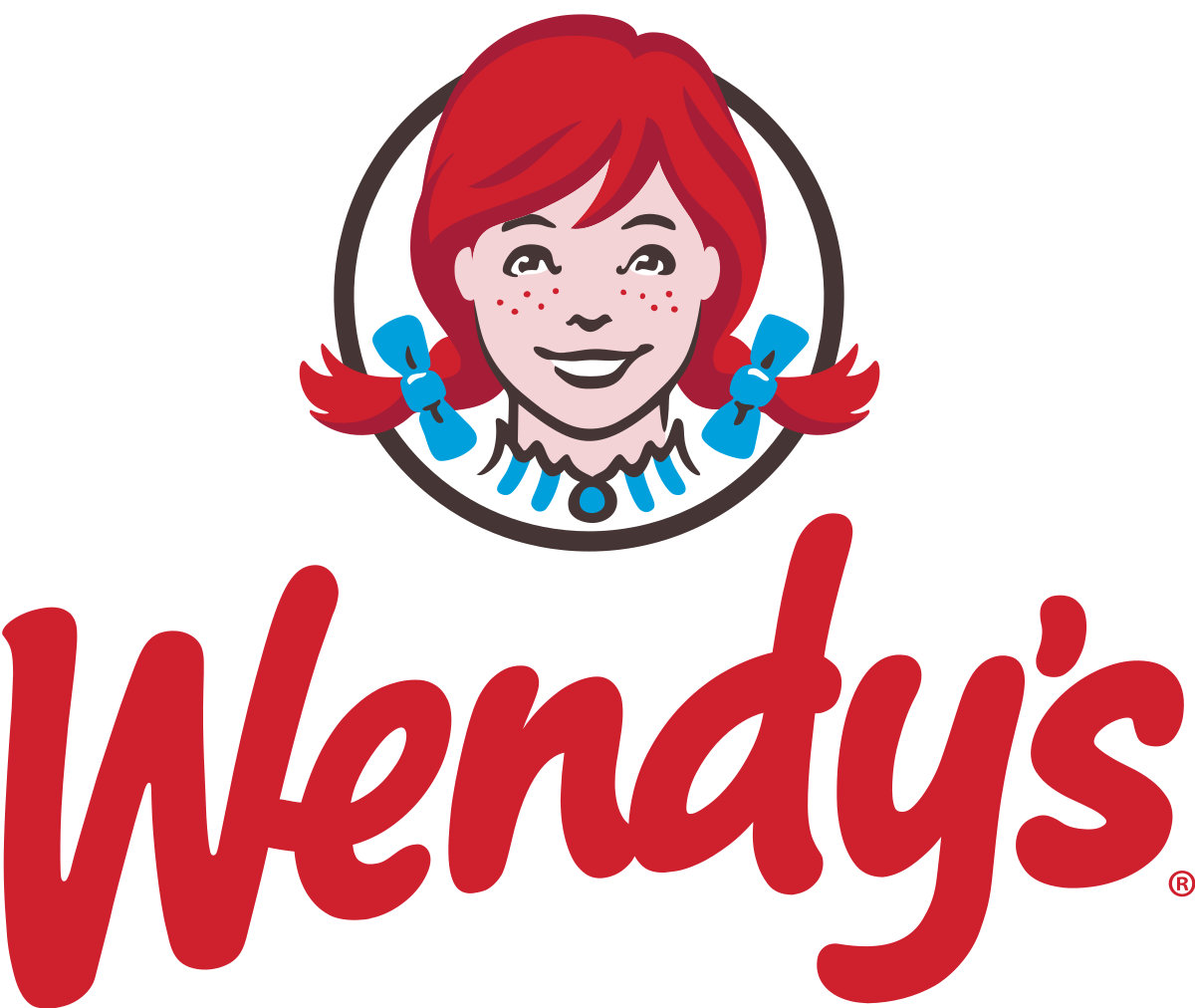Instagram vs. Snapchat for Businesses - Dispatch Weekly
September 8, 2017 - Reading time: 5 minutes

The battle between Snapchat and Instagram is real, specifically in terms of their Stories feature. For many of us, the preference just depends on what platform we’re more comfortable with or what our friends prefer the most. However, for businesses and influencers that battle for exposure and followers, their selection is more strategic, it depends heavily on how they want their brand to be perceived and where their audience is. Both social media networks share similarities making it a difficult decision, but which one is better?
The debate
For most Snapchat users, the app’s most appealing feature is that content disappears within 24 hours. This, however, is a downfall for businesses and influencers who use the platform for marketing purposes, as their work will be gone by the following day, unless they pay for Snapchat ads. Therefore the app is not very market-oriented, as the promotion of products/blogs do not last and building a social media presence becomes much harder, in comparison to Instagram. Instagram allows businesses to market through a portfolio of images of products/services and enables users to like and comment, increasing engagement.
“If a brand manages to appeal to its target audience with this challenging type of content, then the chances of long-lasting engagement are increased. It’s estimated that Snapchat’s users spend at least 30 minutes a day in the app, while they visit it on an average of 18 times per day – Offering a great opportunity for brands to explore how to benefit from it.” Commented Terisa Litza from ClickZ.com on Snapchat’s main issue.

Instagram, on the other hand, offers businesses the opportunity to be discovered, unlike Snapchat were a large following is needed. Instagram benefits from connections to Facebook, which suggest following your Facebook friends. Instagram also has the ‘explore’ page, which suggests content to users who’ve liked or followed similar posts and accounts, as well as the hashtag system.
For example, when posting a photo or video on Instagram, users can put hashtags in the caption or comments about the subject matter. This allows anyone interested in those topics to click on those hashtags and find the post. Therefore, this enables businesses and influencers to build awareness of their brand and gain followers, in which also may explain why Instagram surpasses Snapchat with daily active users and reaches 53% of 18-to-34-year-olds, whilst Snapchat reaches 41% of the valuable 18-to-34-year-old target audience.
Nevertheless, the concept of Snapchat allows businesses to be more creative by having brands create filters and optimal geolocation to launch products. A key difference between Instagram that CEO of Snapchat, Evan Spiegel, made clear to indicate by stating “The way that we try to help people understand how we think about daily active user growth is really through the lens of creativity and creation”.

In terms of filters, Instagram seems to be playing catch-up with Snapchat on the type of filters they offer for Stories. In addition, both allow links to be added on Stories, an authentic and fun way to gain new customers, but brands should be wary of adding too many commercial messages that may alienate users, especially the 18-to-34-year-old audience. However, Snapchat wins the battle easily by offering far more variety and funnier options, such as showing your “speed”, Bitmoji and lots of stickers.
Nicolas Orsini, an Interactive Producer at J. Walter Thompson, says that both Instagram and Snapchat “offer tools to create something yourself and create something great,” but that Snapchat allows you to connect with customers on a more personal level than Instagram. Further adding, “Snapchat, by nature, is about your life, your friends, your interests. You’re never bombarded with content. You are asked to be the curator of what you see and make.”
Overall Snapchat and Instagram are important to a business’s social media presence, neither is better than the other. They are different and the key to developing a successful strategy is to understand who your customers are and what you are trying to say as a business.

DW Staff
David Lintott is the Editor-in-Chief, leading our team of talented freelance journalists. He specializes in covering culture, sport, and society. Originally from the decaying seaside town of Eastbourne, he attributes his insightful world-weariness to his roots in this unique setting.




